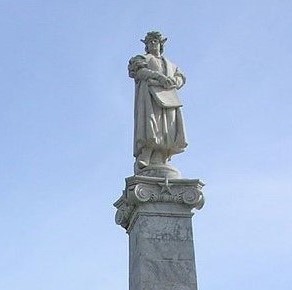Europe

Witches
Witches is well-conceived and equally well-presented project that takes our understanding of Scottish witchcraft one step furtherThe Miracles of Sainte Foy
In 1013, Bernard of Angers visited the relics of Sainte Foy at the abbey of Conques, in southern France. Initially skeptical of the cult which had formed around this little girl martyr, Bernard nonetheless fell under her spell.
On Diverse Arts (De diversis artibus)
Theophilus’ De diversis artibus is the only complete treatise on art to survive from the High Middle Ages.
Bernard of Clairvaux's Apologia
Bernard of Clairvaux was abbot of the Cistercian monastery of Clairvaux, in Burgundy, France, and a well-known preacher who travelled widely and was involved with many of the most pressing issues of his day, from papal power to the Crusades.
On What Was Done In His Administration (De administratione), 1144–1148
In the later 1140s, Abbot Suger of the Royal Abbey of Saint Denis, outside Paris, wrote an account of his extensive project to rebuild and redecorate his abbey church.

Short Teaching Module: Controversial Historical Monuments
I use images of three historical statues that triggered controversy beginning in the 2010s to teach about the concept of contested historical memory and to have students consider parallels and differences among public history controversies in different parts of the world.

Cecil Rhodes monument removal, Cape Town, South Africa
The bronze statue of a seated Cecil Rhodes (1853-1902), on the campus of the University of Cape Town (UCT), was sculpted by Marion Walgate, one of the first white female sculptors in South Africa.

Cecil Rhodes monument, Cape Town, South Africa
The bronze statue of a seated Cecil Rhodes (1853-1902), on the campus of the University of Cape Town (UCT), was sculpted by Marion Walgate, one of the first white female sculptors in South Africa.

Christopher Columbus monument removal, Buenos Aires, Argentina
The Monument to Christopher Columbus (1451?-1506), located in a plaza in front of the Casa Rosada government palace, was inaugurated in 1921.

Christopher Columbus monument, Buenos Aires, Argentina
The Monument to Christopher Columbus (1451?-1506), located in a plaza in front of the Casa Rosada government palace, was inaugurated in 1921.